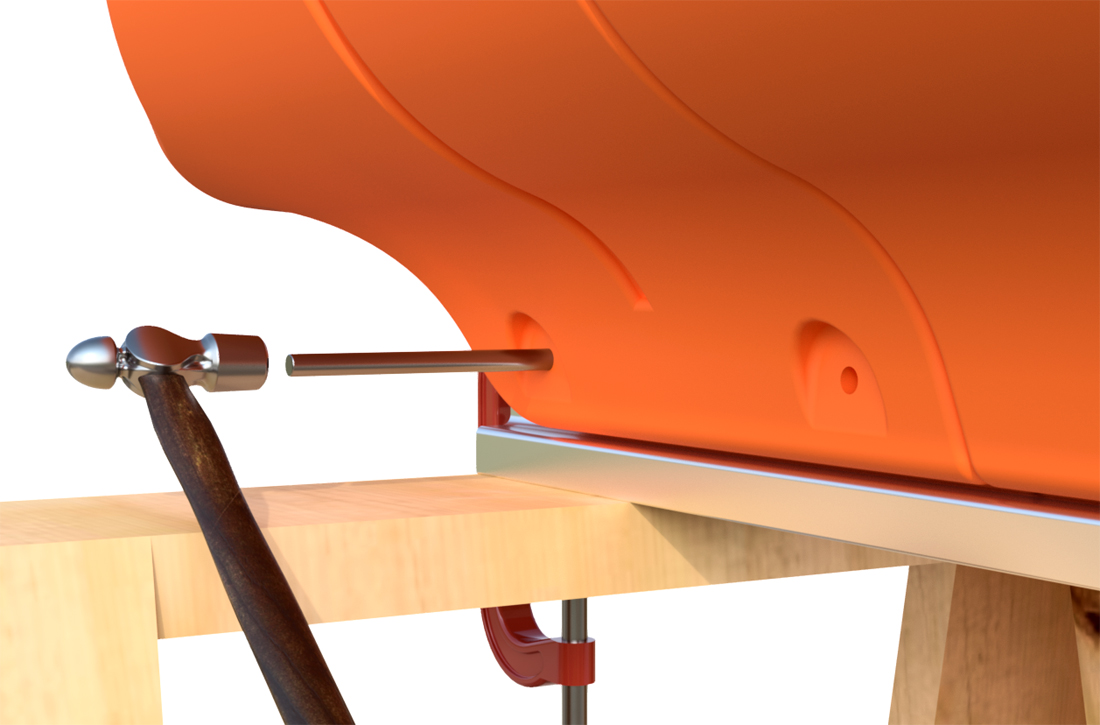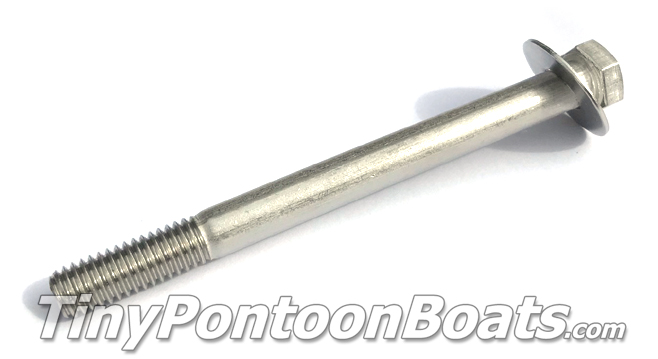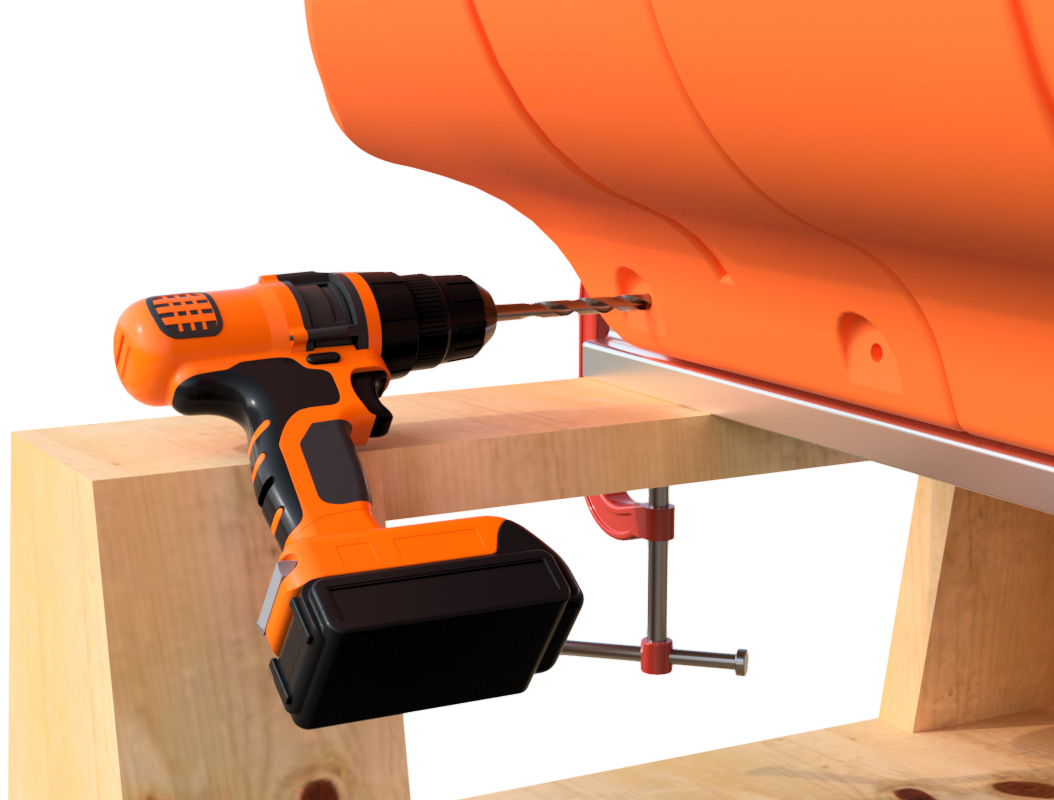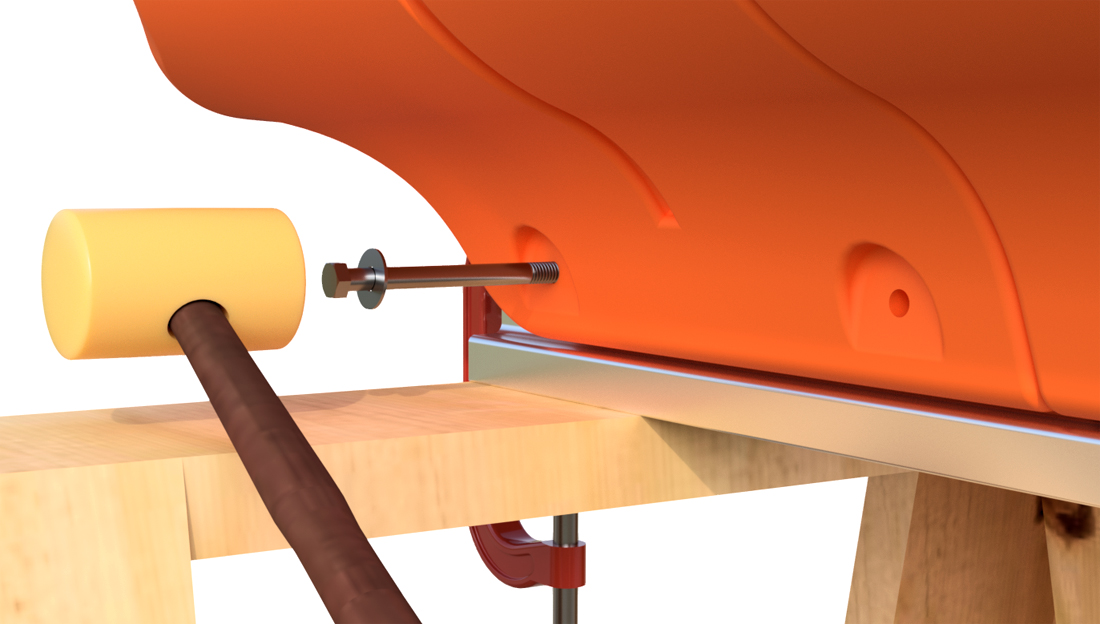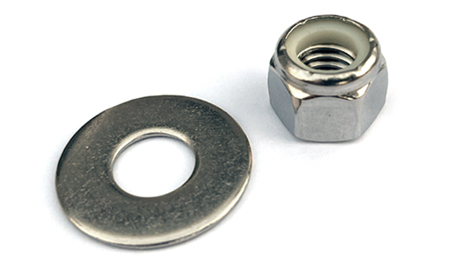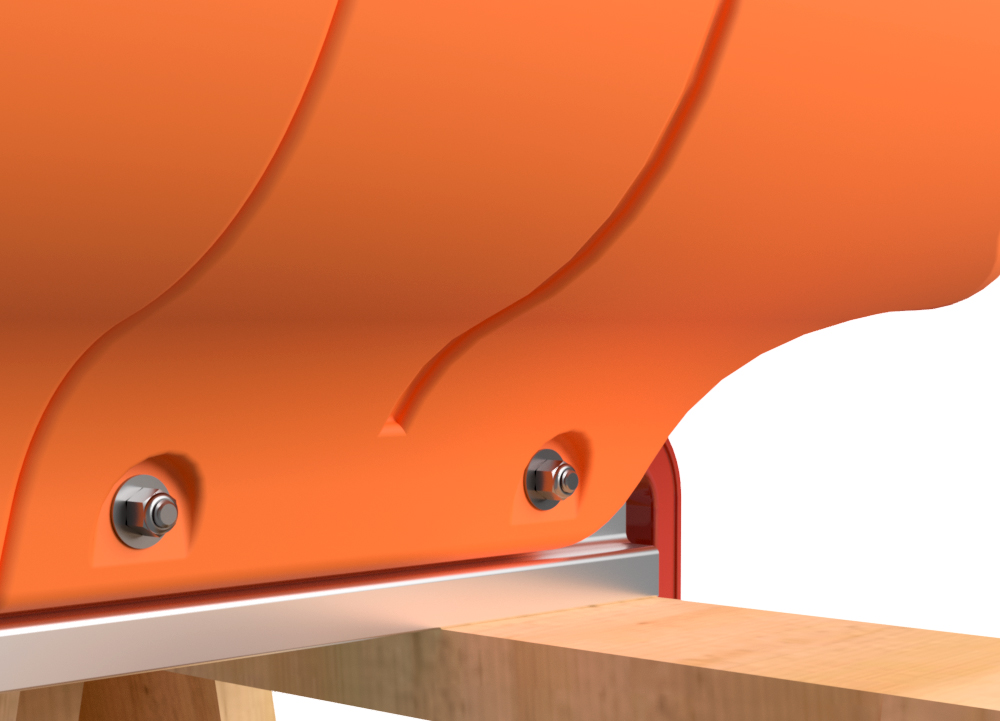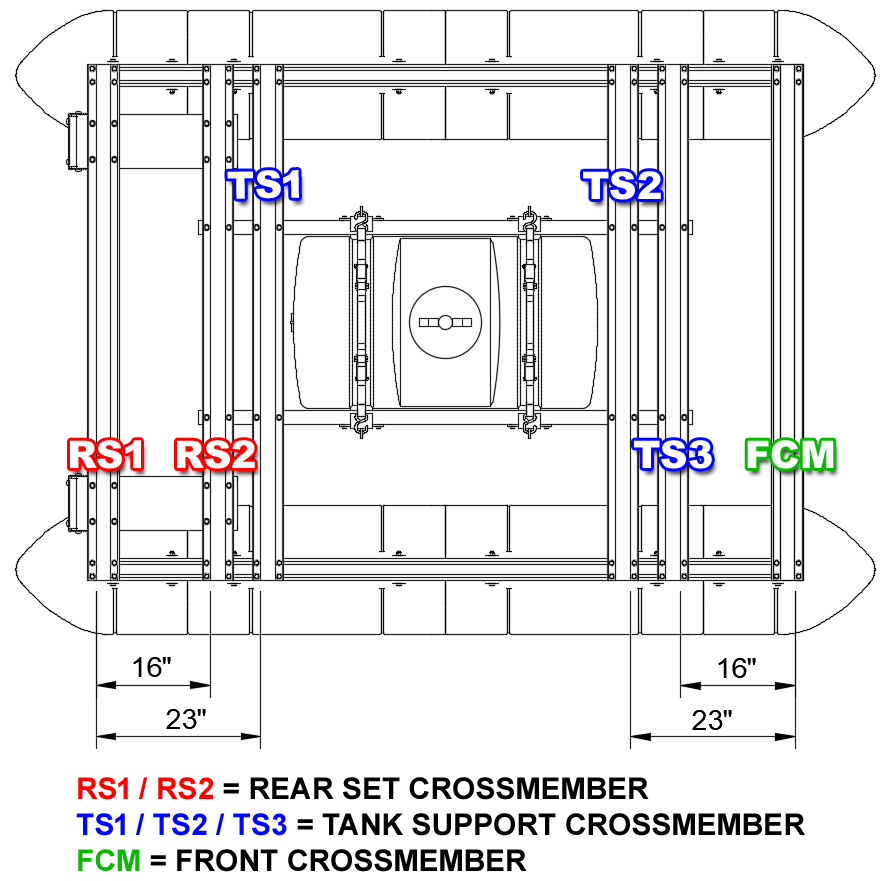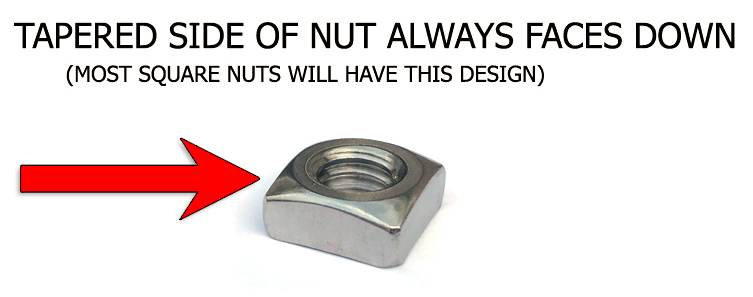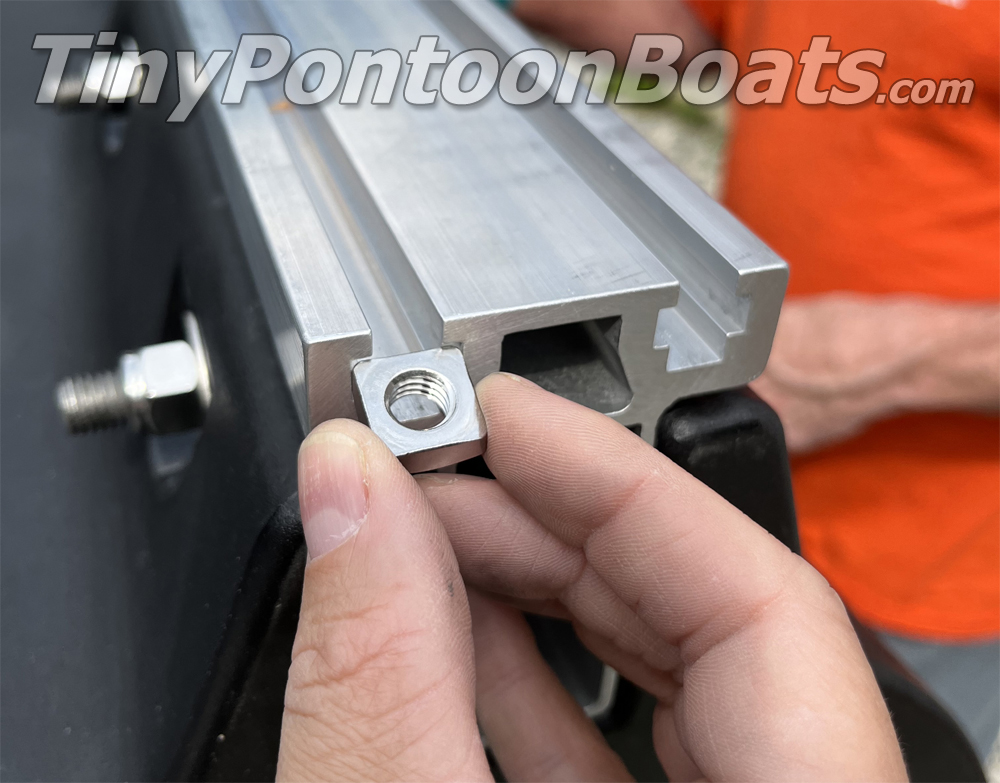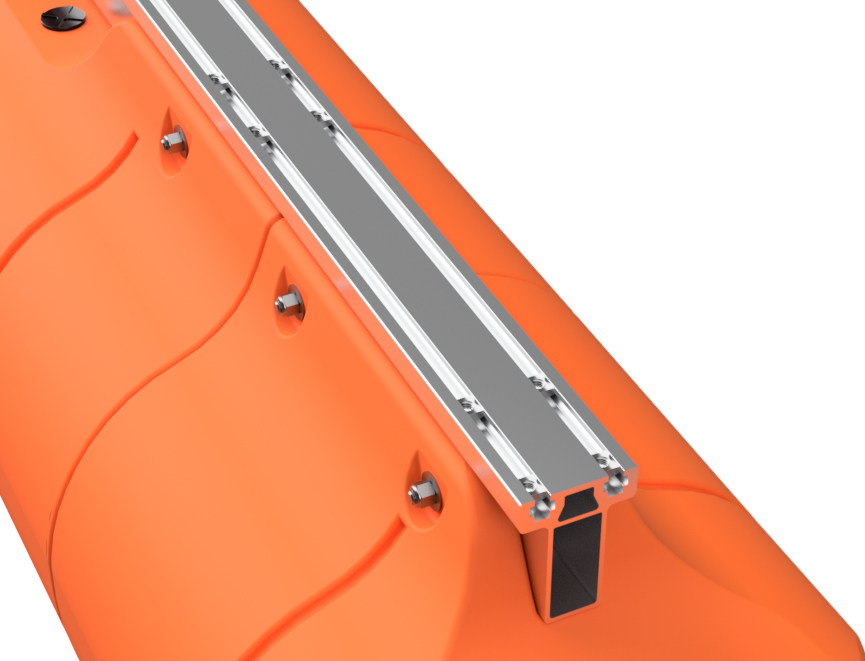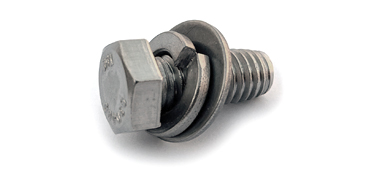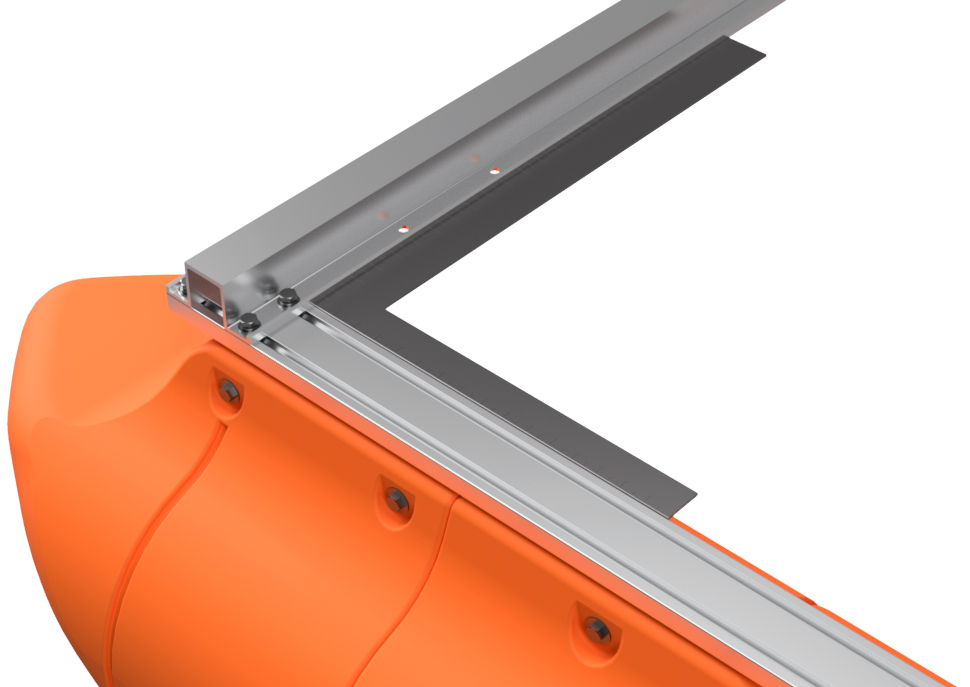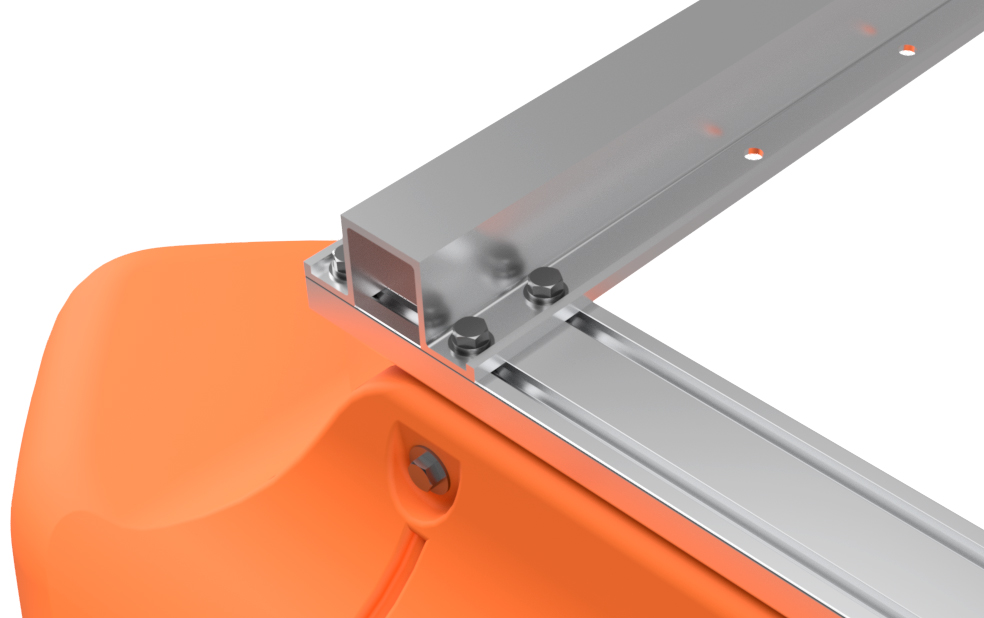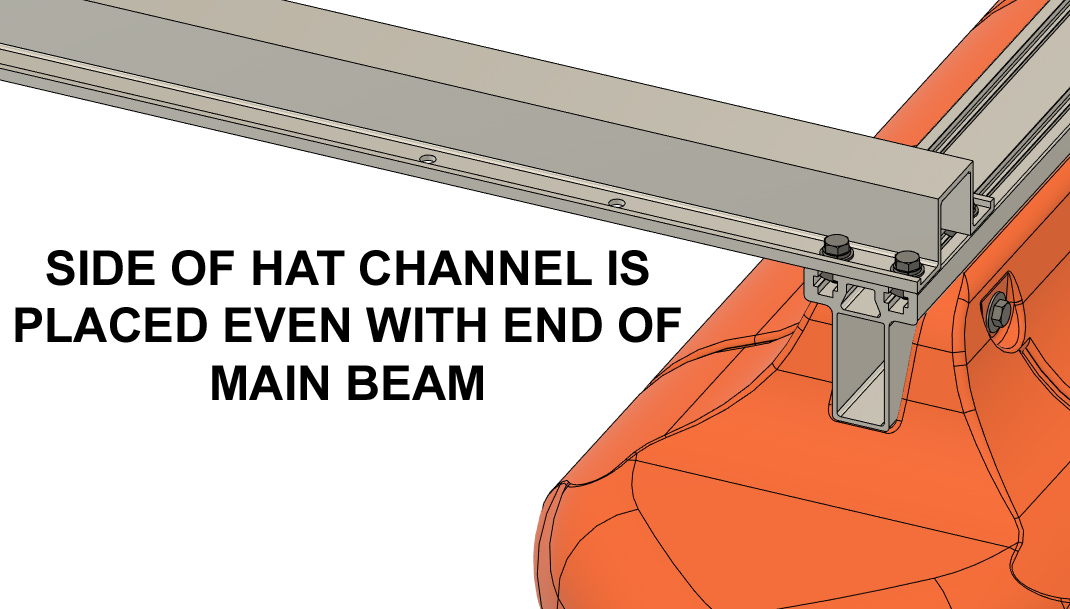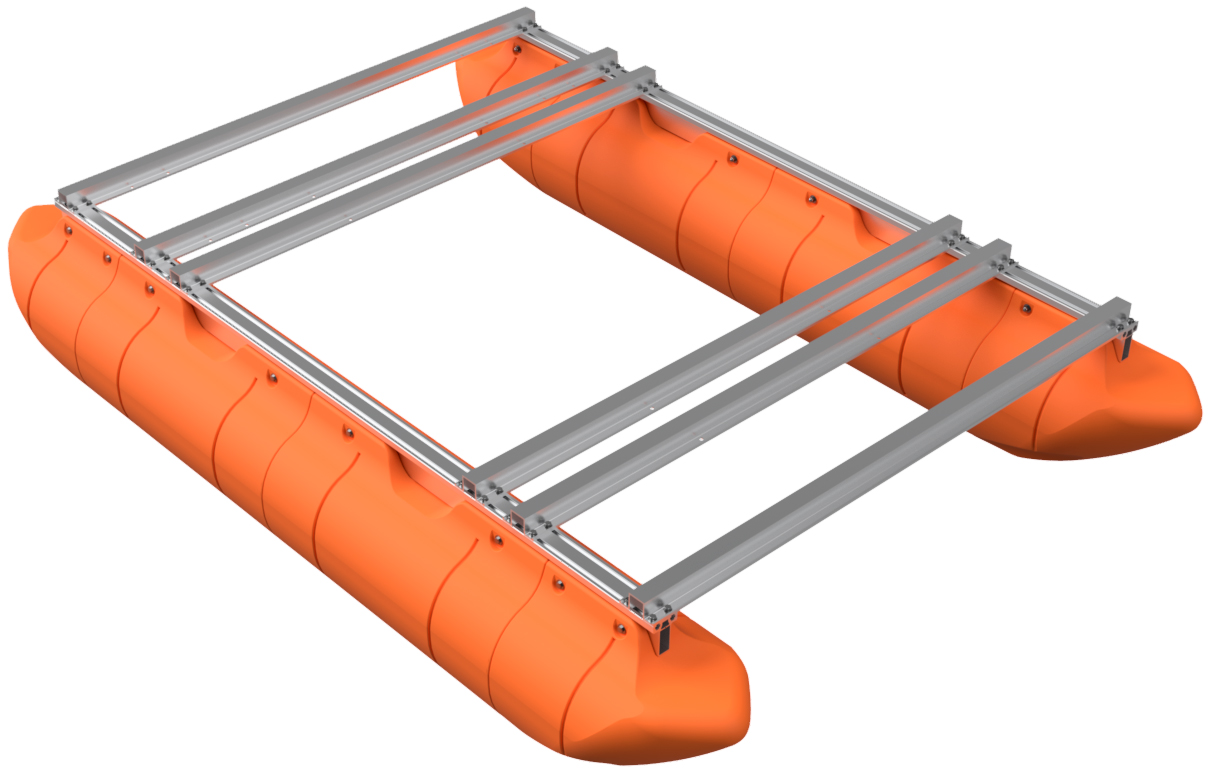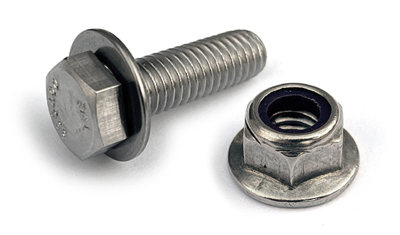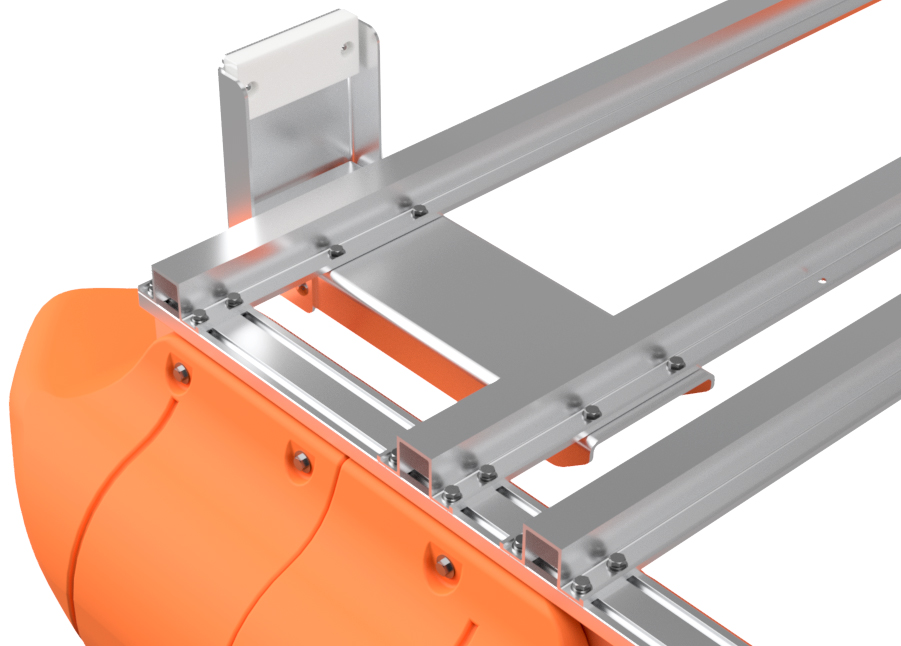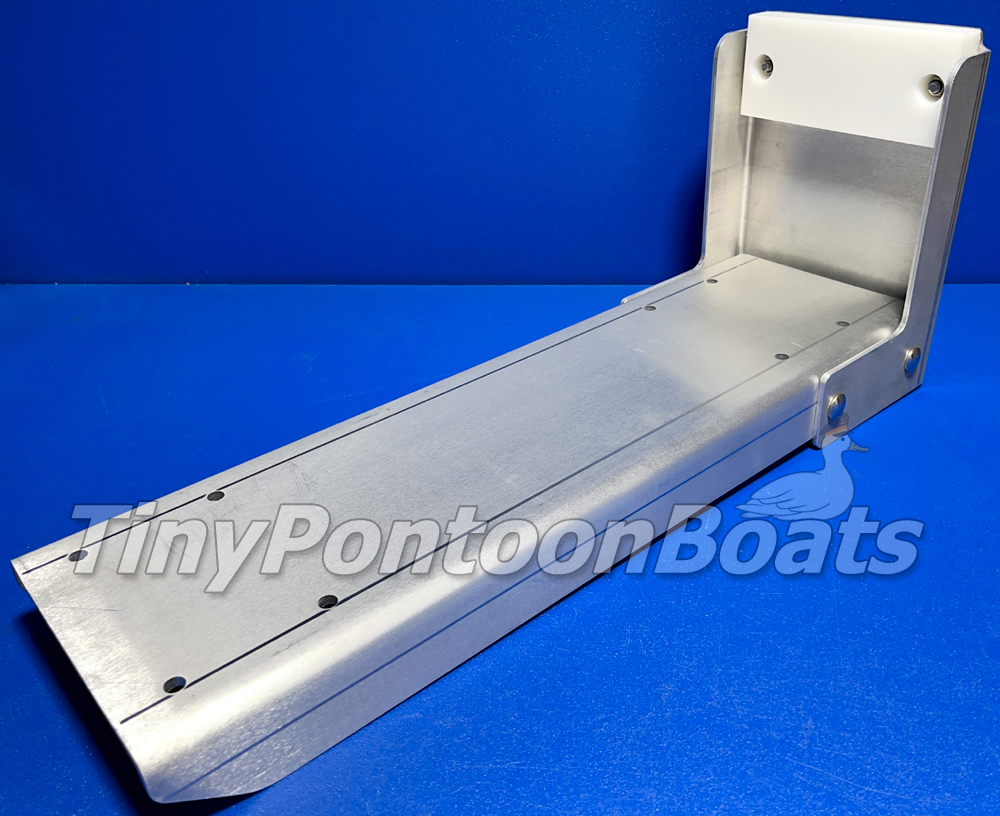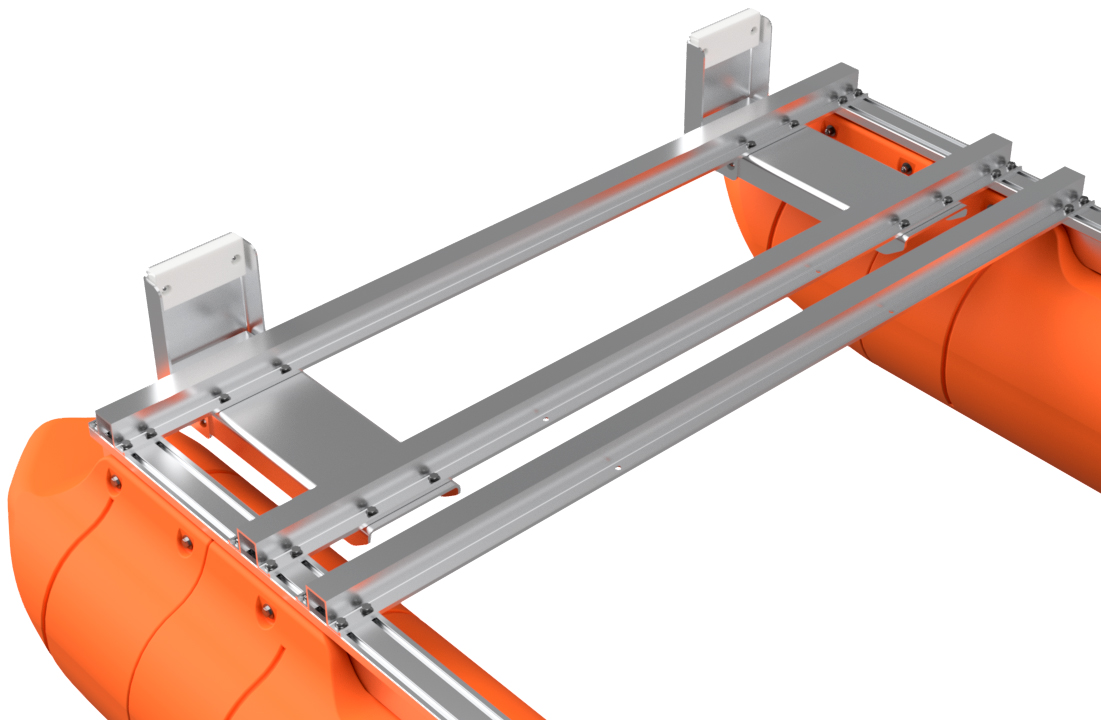

|
REQUIRED TOOLS
The frame and pontoon assembly for our 6'x10' dual-nose tank boat requires a few basic tools, as well as a couple specialized tools. Below we have provided a list of everything that you'll need, as well as part numbers and links to where you can get the specialized tools from McMaster, which is a reasonably priced industrial supplier. Click on the part number to view the item on the McMaster website. Many customers will already have the majority of these tools, if not all of them. These tools (other than perhaps the transfer punch) should be stocked at your local home supply or hardware store as well.
|
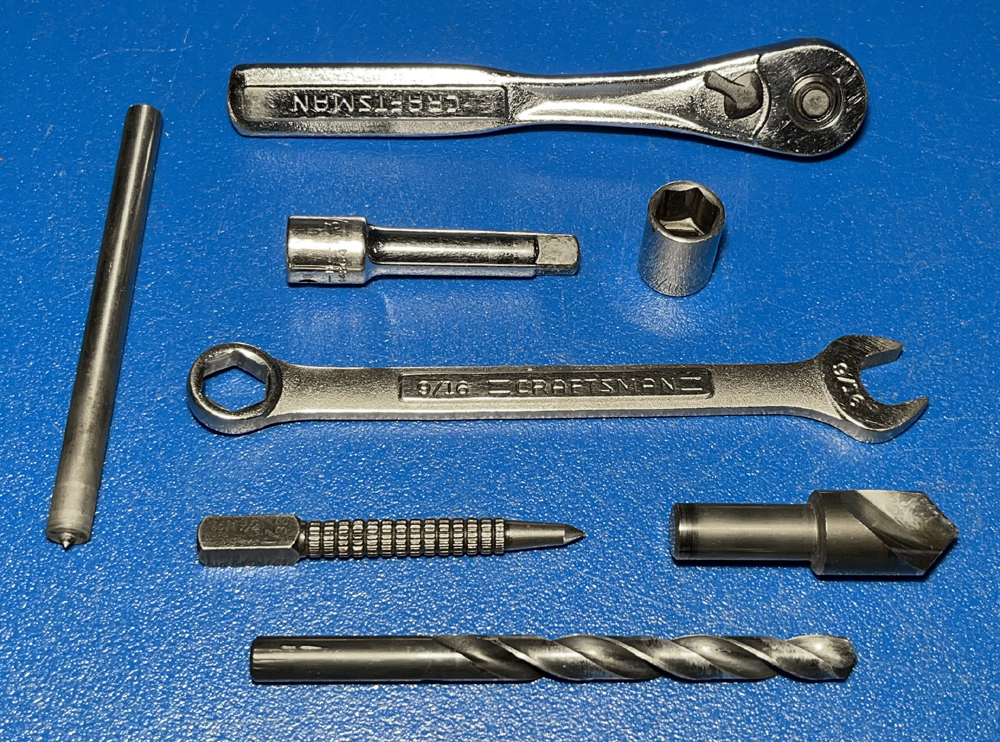


|






|
STEP 5
Remove the ratchet straps. Before removing the floats, number the positions of the floats on the main beam as shown. You can use a piece of masking tape to write on or you can use a marker to write on the floats and main beams. If using a marker, lacquer paint thinner will remove the ink after assembly, and the paint thinner will not hurt the plastic or the aluminum. Remove the floats and unclamp the main beams from the saw horses.
|
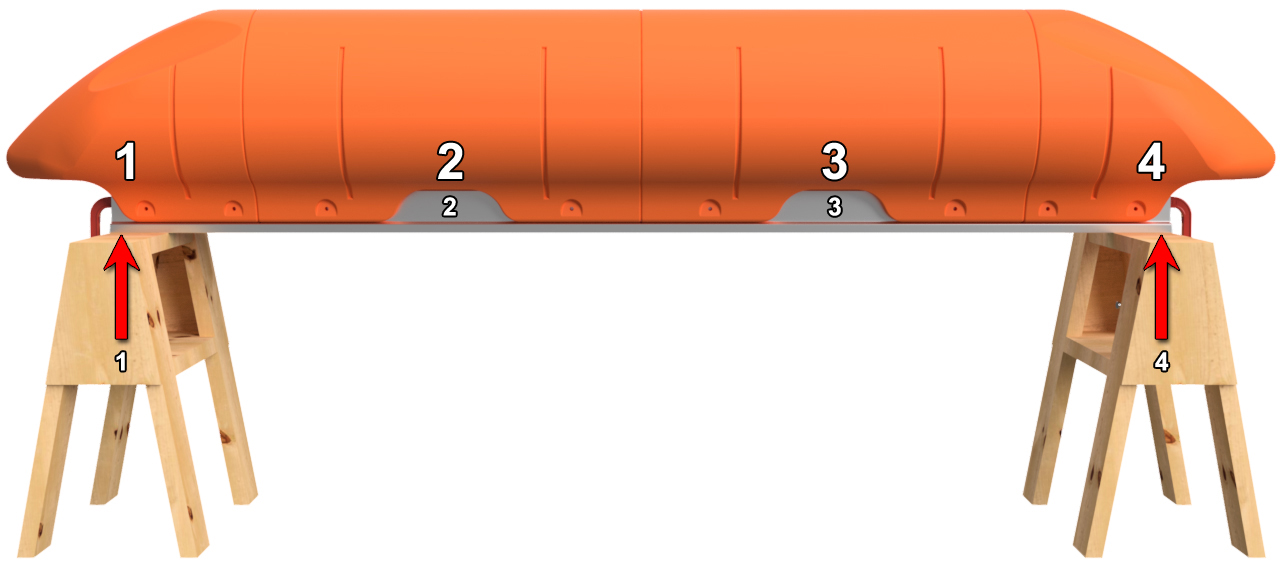

|
STEP 6
Using a standard center punch, make the marks you made with the transfer punch in step 4 more pronounce. This will make the holes easier to drill in the next step.
|

|




























